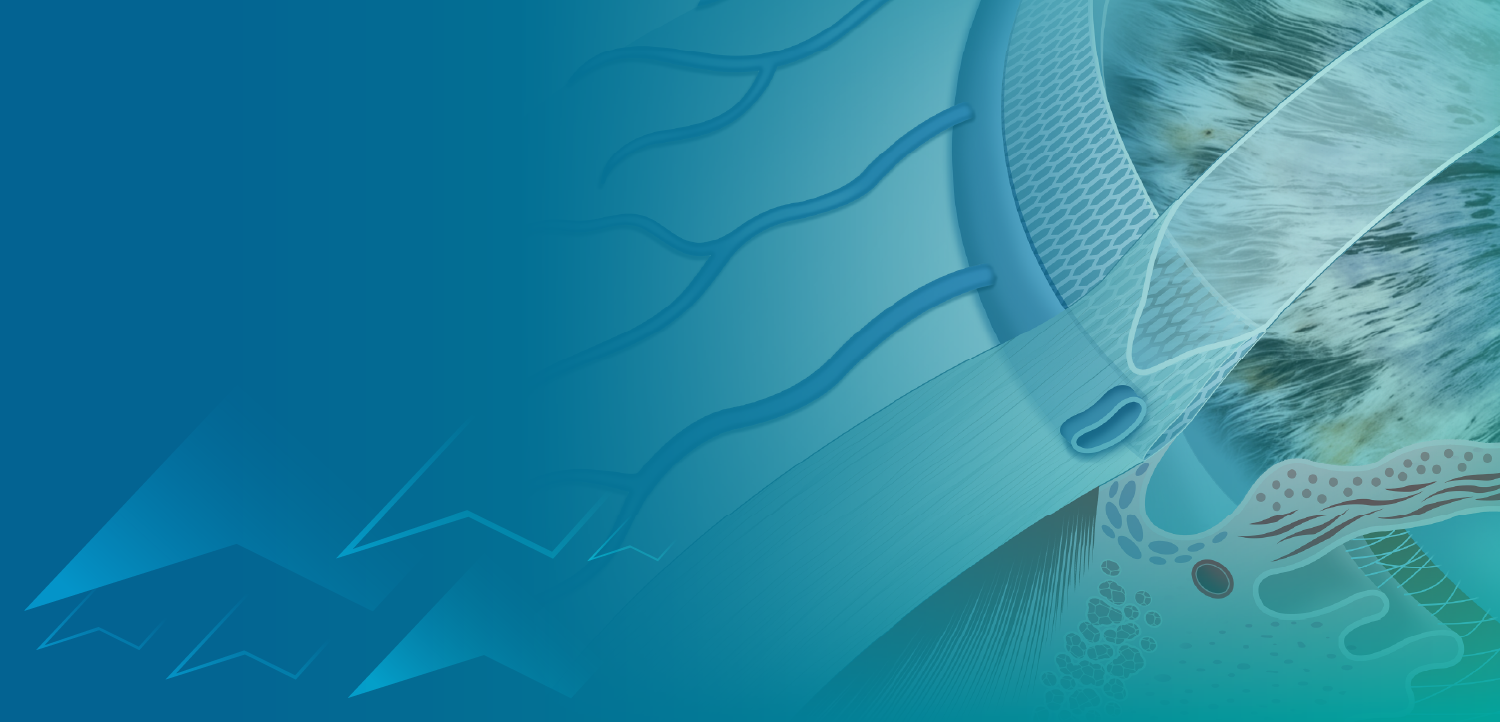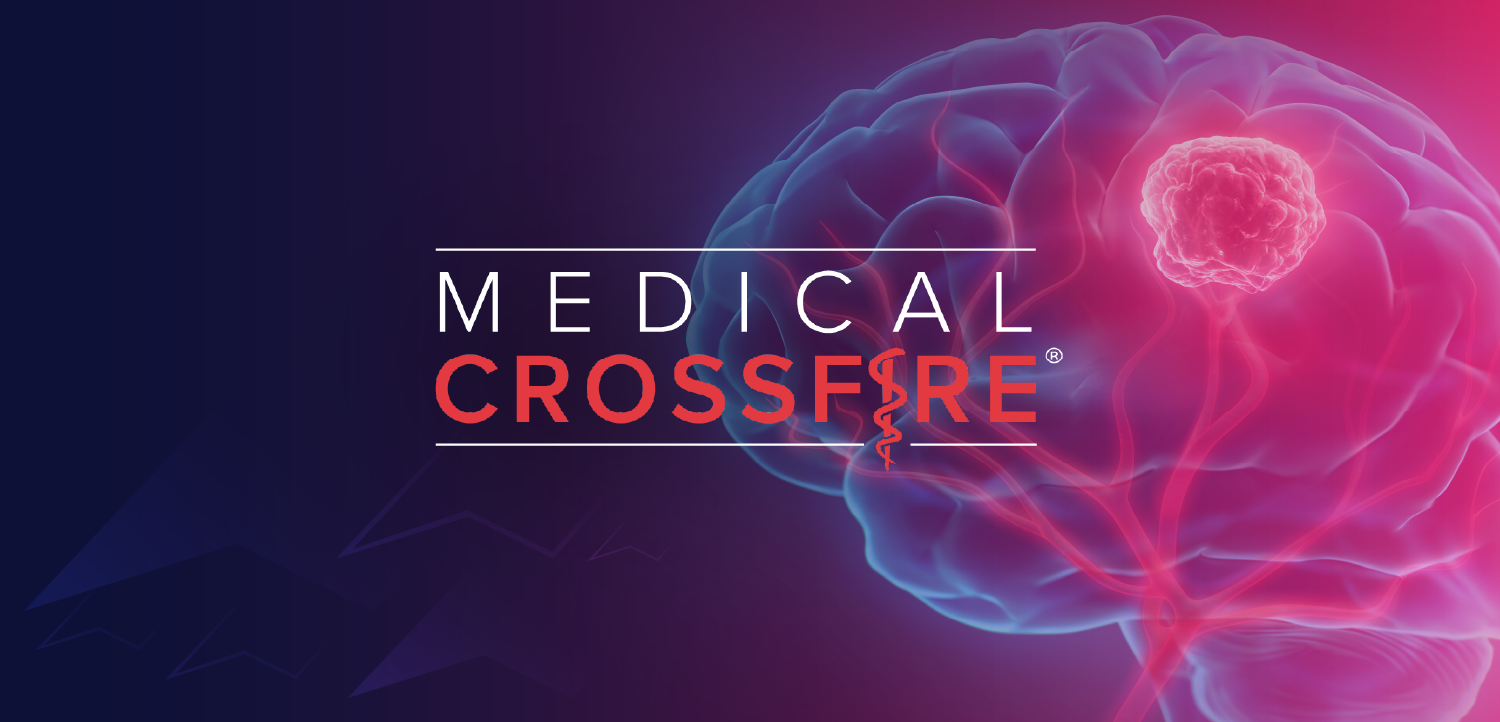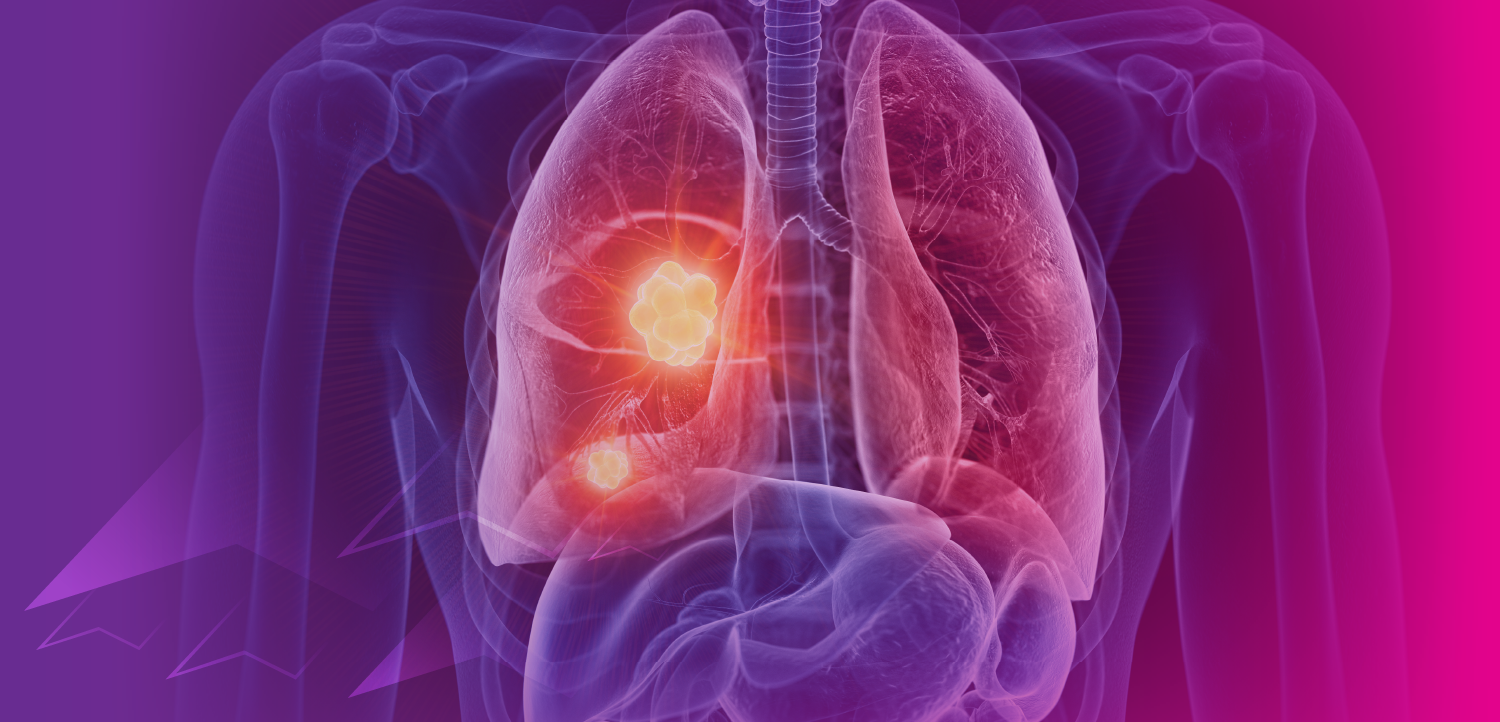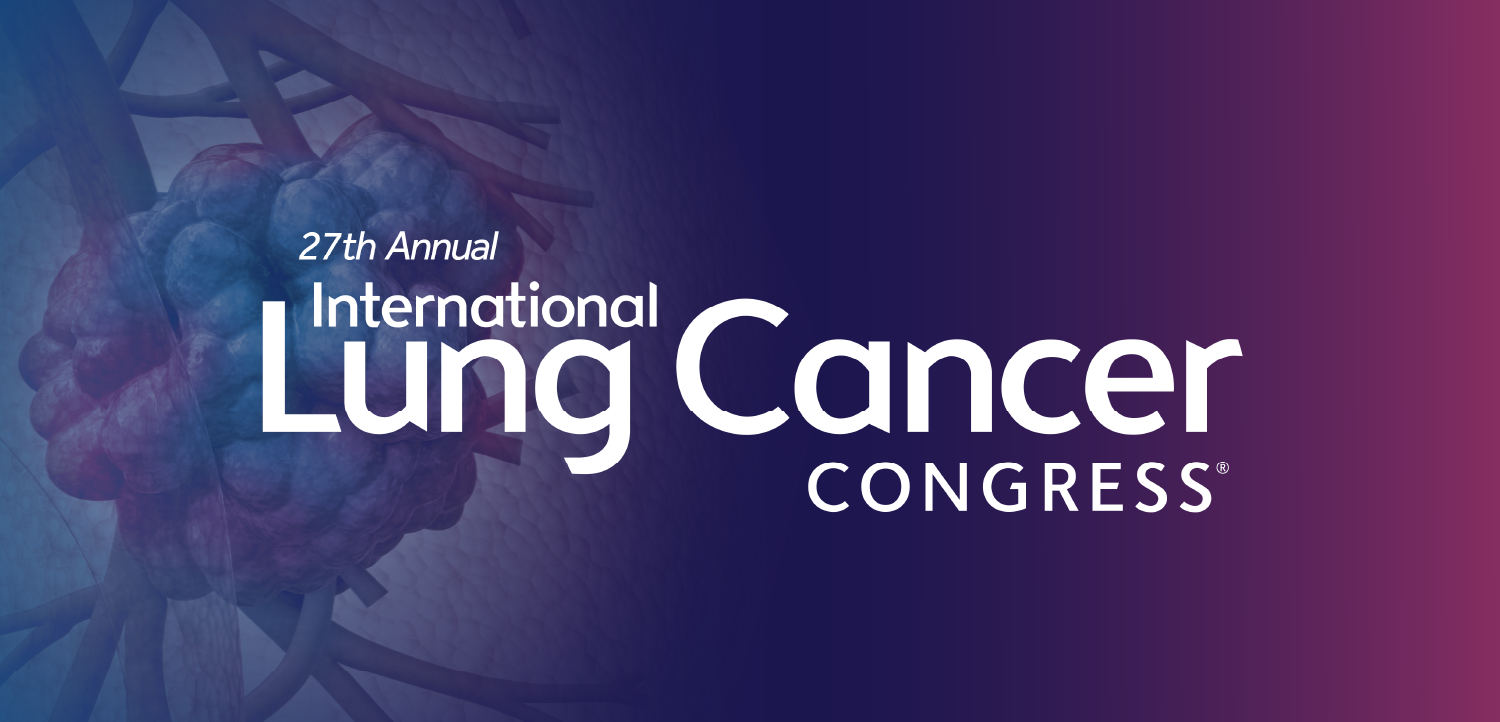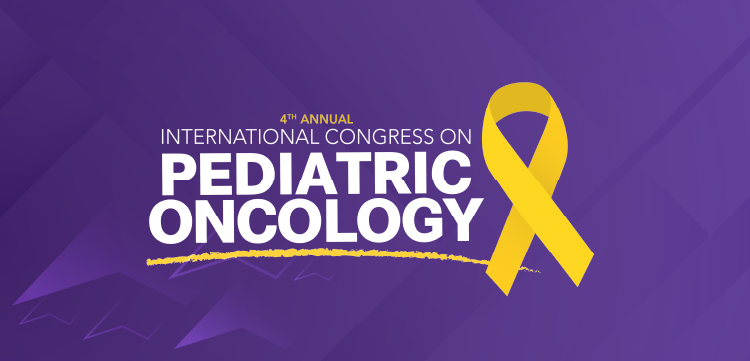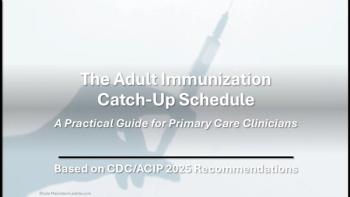
Severity of SARS-CoV-2 Reinfection Similar to That of Initial Infection, According to New Findings
Researchers also found that a lower proportion of individuals were diagnosed with long COVID following reinfection than after initial infection.
The severity of SARS-CoV-2 reinfection is associated with the severity of the initial infection, according to a new study published in Communications Medicine.
Data from the cohort study of almost 213 000 US adults showed a statistically significant association of severity between initial infection and reinfection (chi-squared value: 25 697; P < .0001) with a medium effect size (Cramer’s V: 0.20, DoF = 3).
Researchers also reported that a lower proportion of individuals were diagnosed with long COVID following reinfection than after initial infection. Additionally, lower levels of albumin were reported leading up to reinfection, suggesting a potential biomarker for monitoring patients with
“More than three years after the start of the
Investigators analyzed electronic health data of 3.1 million participants in the National COVID Cohort Collaborative (N3C) to calculate summary statistics, effect sizes, and Kaplan-Meirer curves. A total of 212 984 participants (mean age, 45 years; 66.4% women) reported an initial SARS-CoV-2 infection between March 1, 2020, and December 31, 2022, and a second infection by March 2023, and were enrolled in the current study. A COVID-19 reinfection was defined as a positive SARS-CoV-2 polymerase chain reaction or antigen test 60 or more days after a COVID-19 infection index date.
Among the subgroup of reinfected participants, 203 735 had only 1 reinfection and 478 experienced 3 or more reinfections, according to the results. Reinfected participants tended to be younger, were more likely to have documented race and ethnicity information, and less likely to be vaccinated compared to those with fewer reinfections.
Most participants did not have an emergency department (ED) visit or hospitalization during their initial infection or reinfection, investigators reported.
In addition, 27.2% of patients with severe COVID-19—defined for the purpose of the study as receiving hospital care for COVID-19—were treated at the hospital for a reinfection. Conversely, approximately 87% of individuals with mild cases that did not require an ED visit or hospitalization during their first infection had mild reinfections. Researchers noted, however, that the rate of patients with mild initial infections who visited the ED (33.1%) also went to the ED with a reinfection — a larger proportion than those who had a moderate or severe initial infection or reinfection.
In regards to
“Our work highlights the prevalence and impact of reinfections and suggests the need for further research,” concluded Hadley et al.
Reference: Hadley E, Yoo YJ, Patel S, et al.
Newsletter
Enhance your clinical practice with the Patient Care newsletter, offering the latest evidence-based guidelines, diagnostic insights, and treatment strategies for primary care physicians.





